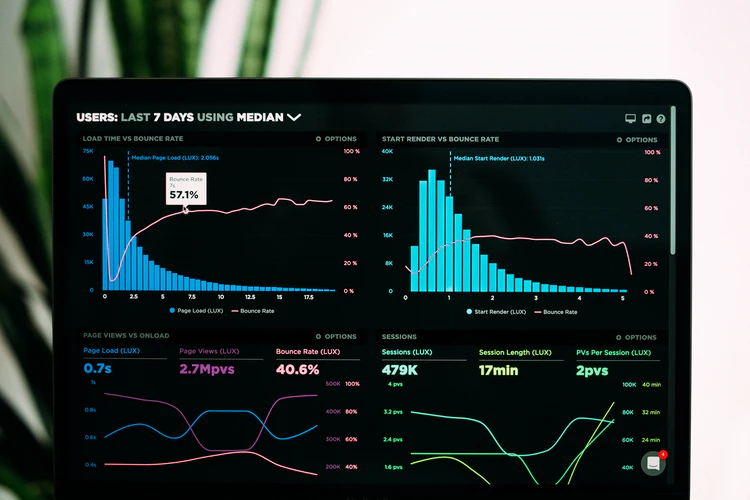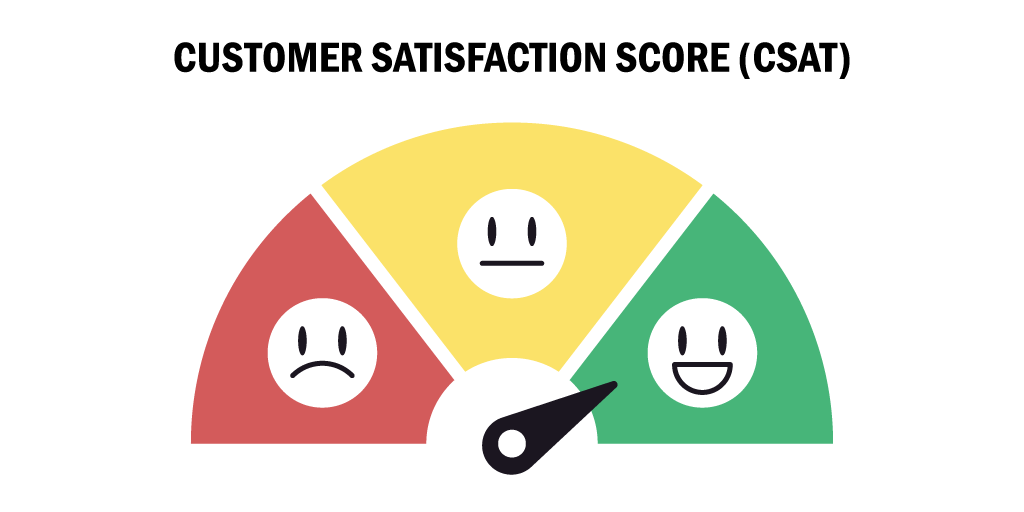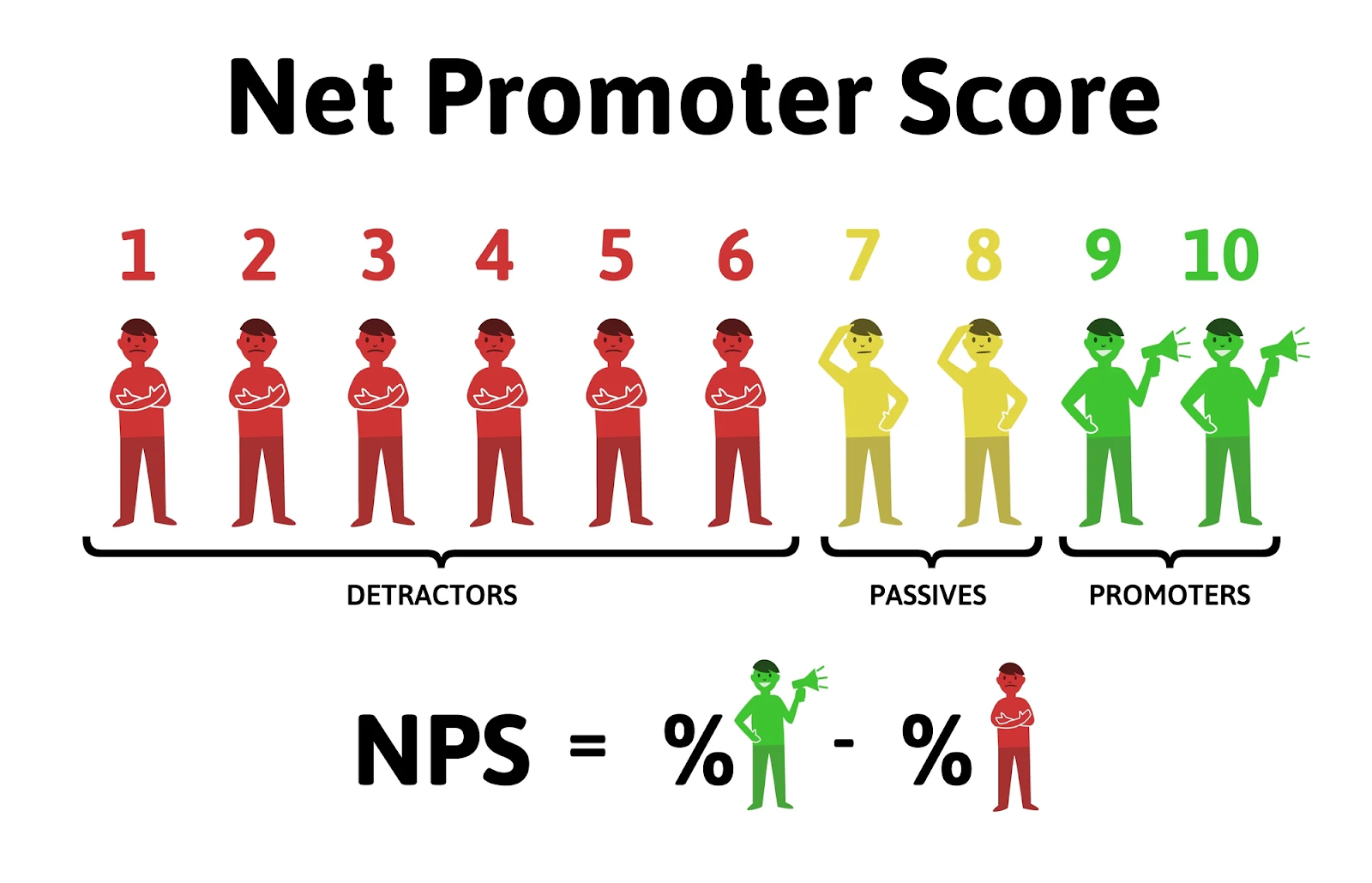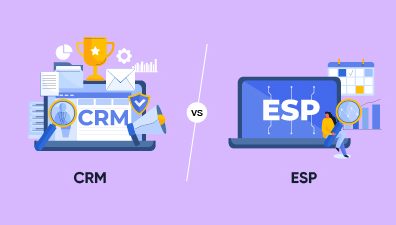Customer assistance is perhaps the most costly and complicated field for some entrepreneurs and administrators. Regardless of your continuous attempts, clients actually vent their dissatisfactions on open discussions, yet the origin of their anger is not always apparent. Rather than making client care development dependent on a client’s incautious Tweet or your premonition, there is always a superior alternative: customer experience analytics.

Most business experts track some type of assessment, however, do you have information explicitly intended for improving customer experience? Customer experience has become the main thrust in creating new income and client reliability, so we have arranged top models and best practices to make customer experience analytics a driver of change in your business. This blog would provide a huge amount of information on this area and some effective customer experience tools.
Table of Contents
Customer experience analytics definition
Customer experience analytics is the collection and procedures of client information to get a better comprehension of customer perspectives, problem areas, and experiences with an item or service. In other words, this action would be illustrated by things such as the length of time in an IVR or frequency of buying on your website, which empowers businesses to more readily get customers and make their purchasing or service experience more pleasurable.
Quality customer experience analytics gives important bits of knowledge that empower brands to make choices based on data, potentially improving buyers’ shopping, support, and service experience. What’s more, the data gathered can help make improved marketing campaigns, Go-To-Market strategies, item innovation, to name but a few.

The improved customer experience regularly prompts better client assessment, deals, and profit. Along these lines, tracking down the correct measurements to follow and assess customer experience is critical.
Customer experience analytics tools
Perhaps the most desired benefits of digital customer experience analytics originate from its set-up of investigative instruments: session replay, heatmaps, and form analytics.
Each tool brings a particular arrangement of features and applications that permit you to pinpoint almost any poor experience on your website or application – an absolute necessity for proper website and application streamlining. In no specific queue, businesses discover achievement when picking such things beneath for their customer experience analytics:
- Heatmaps – to aggregate client behaviours and empower page-by-page analysis, which distinguish how long guests see each section of a webpage.
- Traffic numbers – showing which destinations and pages are the most mainstream.
- Open rates – measuring email and appeal subject line.
- Normal call length – uncovering how long it requires to tackle customer issues.
- First-contact goal – the capability of tackling an issue during the client’s first call, email or text exchange.
- Voice of the customer – capturing customers’ desires and complaints on their own.
- Session replay (session recording) – which is used to launch in-depth analysis and check-up user sessions.
- Form analytics – to pinpoint issues influencing submission web-based pages.

Customer experience analysis process
From broadly confided in investigative devices to digital capabilities, digital experience analytics offers an entire set-up of must-have features – yet it takes an astute end-client to optimize on them.
Thus, before you make deep participation directly in your new digital customer experience analysis, you will need a basic, compelling, and repeatable process set up to amplify your bits of knowledge and improvements.
Concentrate on settling analyzed customer experience issues across your website or application
It is a typical mistake to carelessly look for arbitrary issues across a website or application, however that resembles shopping for food without a prepared list. It is disordered, somewhat turbulent, and you will frequently miss things you need.
Prior to bouncing into digital customer experience analysis information, you should distinguish customer experience problems reflected by your VoC information and web examination first. These go about as key notice systems for red-hailing apparent UX issues like low conversions and high abandonment on points of arrival to spiraling Customer Satisfaction Scores (CSAT) from first-time purchasers.

With these issues analyzed, you can go to your digital experience analytics to quantify those tricky territories. To be more explicit, you can score and benchmark those connected encounters utilizing worked-in measurements to naturally quantify the nature of each and every client experience – like with Decibel’s DXS.
After you have decided on these digital customer experience analysis, you and your group are prepared to discover the particular issues distracting encounters on your website or application.
Rapidly uncover explicit issues behind poor customer experiences
Since you have distinguished issues and scored experiences, the time has come to use the critical abilities of digital customer experience analytics platform to uncover the details behind these clear problems.
Exploiting conduct behaviour cautions, you will consequently find out about any connected instances of frustration and complication displayed by clients. It is the closest reality to clients really advising you precisely where on your website or application they are encountering issues.
With practices itemizing poor customer experiences, the time has come to go to your client journeys apparatus to find high-contact focuses in the client venture causing bottlenecks. Think about this as a device for highlighting the most congested zones where website and application issues have been crashing customers and shorting your customer experience measurement.
Following up, you can utilize performance reports for a technical view behind these encounters. These reports allow for fast findings concerning backend issues behind the content, format, and usefulness of your website or application.
Ultimately, you should survey prioritization feedback to guarantee you are weighing the effects – from quality to quantity – of these poor customer experiences. With your needs consequently set, analysis becomes more apparent with a well-queued checklist.
Systematically analyze customer experience issues with scientific tools
Individually, it is an ideal opportunity to work through analyzing each UX issue on that agenda with the forensic devices as a component of your digital experience analytics.
Most importantly, you will need to systematically work through your rundown of issues to explore, and segmentation simplifies these endeavors. Separating somewhere near any criteria of models and customer information – like pages visited or practices exhibited – you will have the option to keep your analysis limited and focused.

With your sights set on the correct areas, use heatmaps and session replay to find specific occasions of breakdowns in the client journey. With heatmaps visually collecting client behaviours and session replay recording each customer activity, you can drill down to the correct journeys, pages, and sessions to uncover even the most subtle issues on your website or application.
While the unique pair of heatmaps and session replay will work well for you and your group in examinations, submission-based pages may require somewhat more help. On these unique pages, go to your structure investigation for structured explicit bits of knowledge that uncover the nuances behind mistake-filled submissions and failed conversions.
Optimize poor experiences and control upcoming results
In this way, you know precisely where your website or application comes up short, presently it is simply a question of streamlining those customer experiences with the correct enhancements.
Regardless of whether you find installed recordings with bug-ridden specialized issues causing dunks in CSAT, or ineffectively planned checkout pages bringing about more significant levels of surrender, you would now be able to offer amends and fix those areas of contact with certainty.
Be that as it may, it is insufficient to carry out optimizations once, you need to consistently monitor, explore, and optimize experiences for a close website or application. Digital experience analytics – and their experience-based measurements – were worked to assist you with doing that.
Regardless of whether you are utilizing Decibel’s DXS or other customer experience software with CX metric, these scores go about as benchmarks to monitor the good and bad times of your website or application. Any dip demonstrates a need to dispatch another analysis.
How to use analytics to improve customer engagement
Since you have assembled and investigated client feedback, it is an ideal opportunity to utilize it to support your client experience.
Here are 3 tips on the best way to utilize client experience analysis to improve their commitment:
Get more personal
Personalization is powerful. Making and giving a customized insight to your consumers can improve things significantly. It shows that your business takes clients’ necessities and wants into account and gives them a second thought.
Utilizing information to comprehend who your clients are would allow you to section your intended interest group, so you target them depending on their ways of lifestyles and behaviours. This encourages you to make successful advertising and optimized experiences.

Encourage consumer behavior
Customer experience analytics empowers you to assess clients’ behaviour. It gives another viewpoint on individuals’ choices and activities while engaging with your brand.
For instance, understanding why consumers click on a specific button or pursue a specific mailing list allows you to distinguish new opportunities and points of commitment. Improving your promotion and administration dependent on your clients’ practices will help you convert new shoppers and develop current ones.
Keep in touch
In our hyper-associated world, consumers expect a specific level of correspondence with your image. It might be through a periodic email, an online media promotion, or in any event, responding to purchaser audits.
Utilize the information you need to recognize the best correspondence channels for your crowd, and try to keep a continuous association all through the client journey. It will assist you with augmenting your administration and advertising efforts and show your image as current and informative.
Customer experience measurement
Customer experience can not be assessed clearly, yet observing the components related to it gives us a good intermediary. Customer experience measurements are just that – quantifiable markers of a respectable, or dreadful, customer experience. Additionally, while assessment is not even-handed, it can, and should, be used to gauge the improvements you make to the experience after some time.
Since customer experience is unpredictable, it is a shrewd idea to screen a combination of estimations to figure out its different estimations. In this article, we will assemble the key CX estimations you need to consider.
Net promoter score
The Net Promoter Score estimates customer immovability subject to one essential outline question: ‘How probable is it that you would recommend to a buddy or accomplice?’
Respondents give a rating between 0 (not under any condition likely) and 10 (likely). You then eliminate the fair-minded responses and deduct the degree of Detractors, from the level of Promoters to give an NPS score.
NPS is the most broadly recognized customer experience metric – it is straightforward, quick to complete and gives a 10,000-foot view customer steadfastness measure.

Customer satisfaction (CSAT)
In the event that you are assessing CX, it looks good to acknowledge how satisfied your customers are with your things or organizations. CSAT estimates consumer reliability subject to a request: ‘How should you rate your overall satisfaction with the items you got?’ Respondents use a rating scale between 1 (unsatisfied) to 5 (extremely fulfilled).
The two most raised assessments (4 and 5 on the scale) are used to process a rating score: 100% being absolute consumer loyalty and 0% hard and fast customer disappointment. CSAT is created from factual reviewing outlines, and is direct, simple to use, and can be wealthy in knowledge.
Customer effort score (CES)
You will require your customers to have the choice to interface with you as effectively as could truly be considered typical. Customer effort score (CES) represents a request like: ‘How simple was it to deal with our organization today?’ giving clear other options: Easy, Neither, Difficult. Deduct the level of ‘Troublesome’ respondents from the ‘Simple’ ones to give the CES.
CES is by and large new contrasted with NPS or CSAT, yet it is direct and use, and supplies significant data so you can change things quickly.
Customer lifetime value (CLV)
Customer lifetime regard is the entire of how much money a customer has brought into your business over the entire relationship. It moreover considers costs related to the customer, like the cost of procurement and maintenance and the expense to serve them.
CLV relates to CX by giving you an extent of the life expectancy of the relationship, the proportion of spend and repeat of acquisition, and how that relationship has changed after some time. It is huge considering the way that it makes you look at the customer experience as a customer adventure, rather than single associations.
High CLV is likely going to go inseparably with extraordinary experiences, after the entirety of there is an inspiration driving why customers are staying enduring. While low or decreasing CLV can be an indication that something is deficient.
Final Thought
At last, it is dependent upon you to adjust your communication channels as you feel most appropriate. However, to take advantage of those modifications, you need the information to back up your choices. Genuine performance only comes through obvious customer experience analysis. Not simply call checks and essential details.
Do your research and discover a customer experience analysis arrangement that gives the most complete and effectively deciphered information for your business. With information-based improvements, you can really be your best brand.











